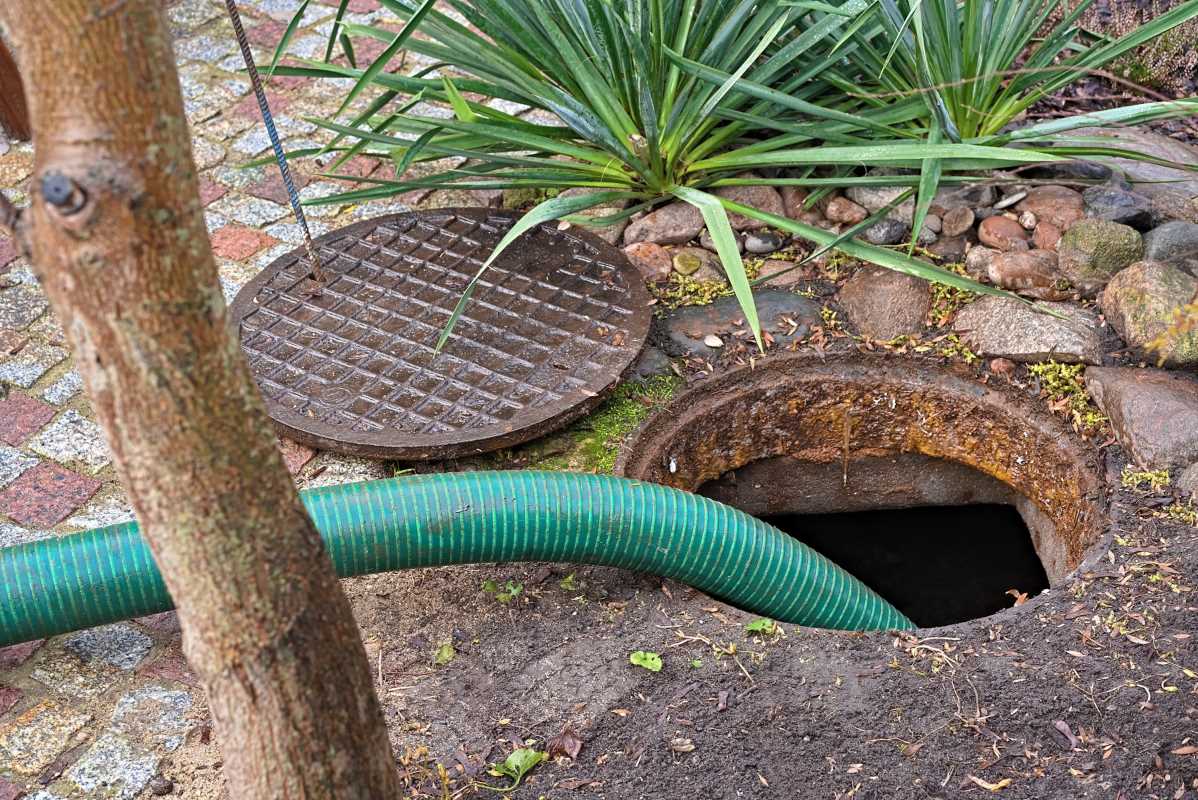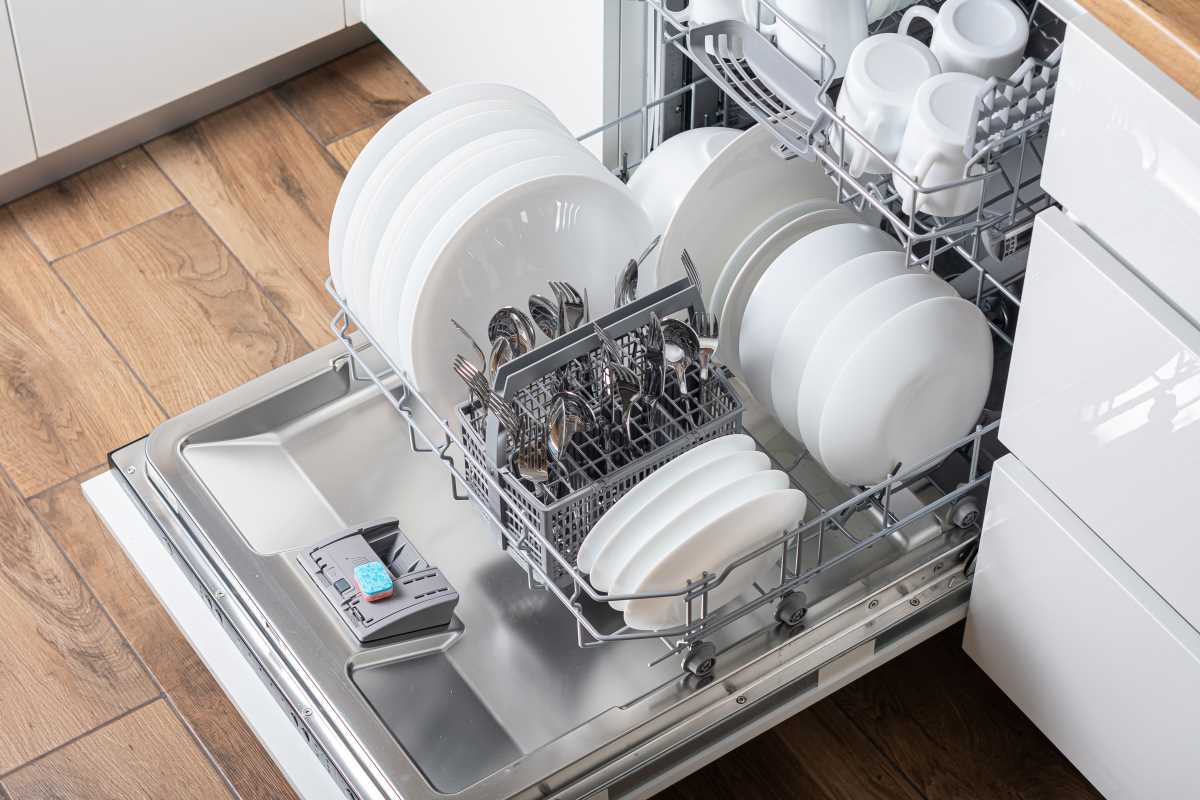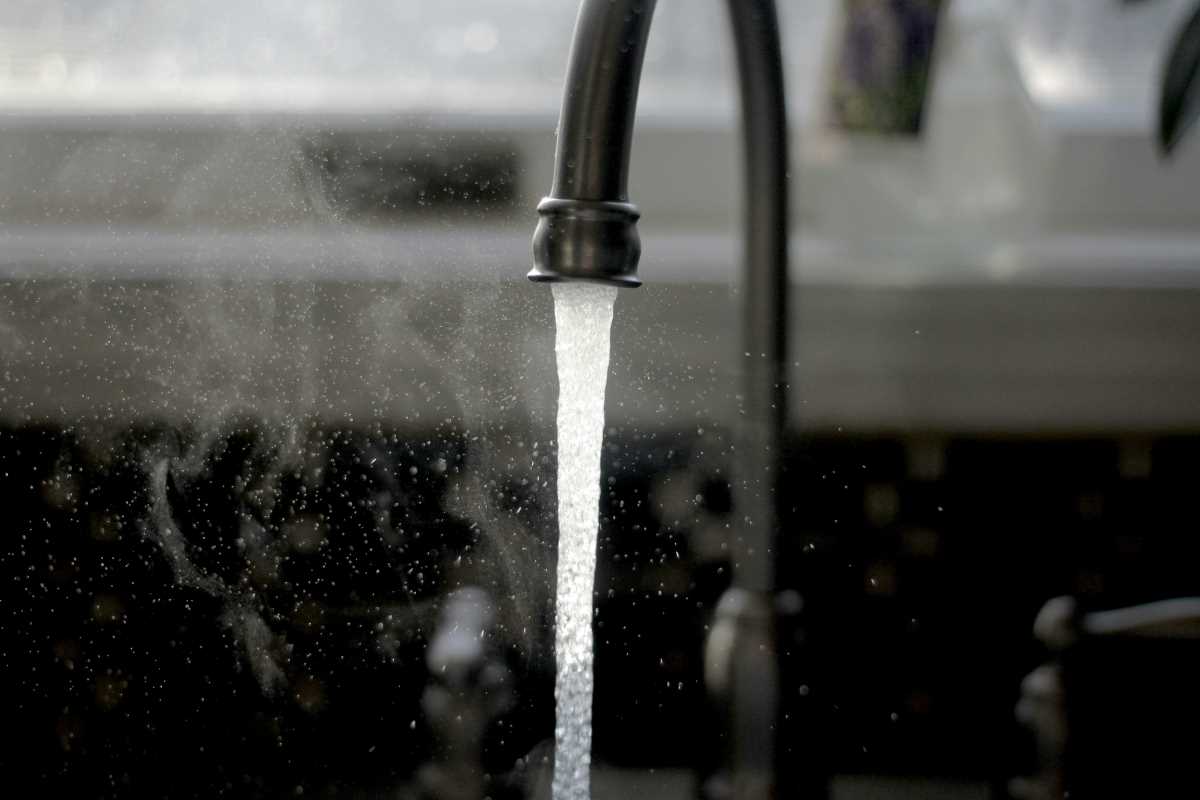A septic system is a vital part of a home, working quietly behind the scenes to manage and treat wastewater. While these systems are designed to operate efficiently for many years, they require regular care to continue functioning properly. Neglecting septic maintenance can lead to clogs, unpleasant odors, or costly repairs that disrupt daily life. By understanding how a septic system works and adopting a consistent maintenance routine, it is possible to keep it running smoothly while avoiding unnecessary stress. This guide provides essential tips for maintaining a septic system to ensure it remains reliable and efficient for years to come.
Understand How the Septic System Works
A septic system consists of two main components: the septic tank and the drain field. The tank collects wastewater from the household and separates solid waste from liquids. The solids settle at the bottom, forming sludge, while lighter substances like grease float to the top as scum. The liquid waste, or effluent, flows out of the tank into the drain field, where it is naturally filtered and absorbed into the soil.
The bacteria within the tank play a crucial role in breaking down the waste. However, this natural process has its limits. Over time, solids can build up, and the system may become overloaded if not properly cared for. Knowing how the system functions helps highlight the importance of regular maintenance to keep everything running as it should.
Schedule Regular Pumping
One of the most critical aspects of septic system maintenance is regular pumping. Over time, sludge and scum accumulate in the septic tank. If they are not removed, these solids can overflow into the drain field, causing clogs and damage that are often expensive to repair.
An average septic tank should be pumped every three to five years, depending on its size and household usage. Larger families or households that use significant amounts of water may need more frequent servicing. Keeping a record of pumpings helps stay on schedule and ensures the system continues to perform efficiently.
Be Mindful of What Goes Down the Drain
Protecting a septic system starts with careful choices about what goes down the drains. Non-biodegradable materials like disposable wipes, paper towels, and feminine hygiene products can cause blockages and interfere with the system’s operation. Even items labeled “flushable” often fail to break down properly in a septic tank.
Harsh chemicals, such as drain cleaners or bleach, harm the essential bacteria that break down waste in the system. Using septic-safe cleaning products and disposing of chemicals at proper facilities helps maintain a healthy balance in the tank. Grease, fats, and oils should also be avoided, as they can clog both the pipes and the drain field.
Conserve Water to Reduce Strain
Excessive water usage can overload a septic system, leading to slow drainage or backups. Conserving water by spreading out heavy usage and fixing leaks promptly reduces the strain on the tank and drain field. For example, spacing out loads of laundry or installing water-saving faucets and showerheads can make a significant difference.
A consistent flow of wastewater ensures the tank operates at its best capacity, allowing bacteria enough time to break down solids and preventing untreated effluent from escaping into the drain field. Managing water usage is a simple yet effective step in supporting the overall health of the system.
Protect the Drain Field
The drain field is a crucial component of a septic system, working to filter and absorb wastewater. Certain activities can damage this area, impairing its ability to function properly. Heavy vehicles, equipment, or structures placed above the drain field can compact the soil, reducing its filtering capability.
Keeping the area clear and maintaining proper drainage helps the field operate efficiently. Redirecting rainwater or roof runoff away from the drain field prevents oversaturation, which can lead to wastewater pooling on the surface. Planting grass or shallow-rooted plants above the field further protects it while aiding in wastewater absorption.
Perform Routine Inspections
Regular inspections can identify potential problems before they become major issues, saving both time and money. A professional inspection typically includes checking the tank’s level, condition, and the flow of effluent into the drain field. Inspections can also reveal whether baffles, the components that guide wastewater within the tank, are functioning correctly.
Most systems should be inspected at least every three years. However, older systems or those showing signs of trouble, such as slow drains or bad odors, may need more frequent checks. Staying vigilant allows for early interventions, extending the lifespan of the septic system.
Avoid Overloading the Garbage Disposal
Garbage disposals are convenient, but they introduce additional solids into the septic tank, making it fill up faster. Overusing a disposal can increase the need for more frequent pumping and strain the system. Composting food scraps or disposing of them in the trash can help reduce the load on the disposal and the septic tank.
If a garbage disposal is used regularly, choosing a model designed for septic systems can help minimize its impact. These disposals grind food particles into smaller pieces, making them easier for bacteria to break down in the tank.







